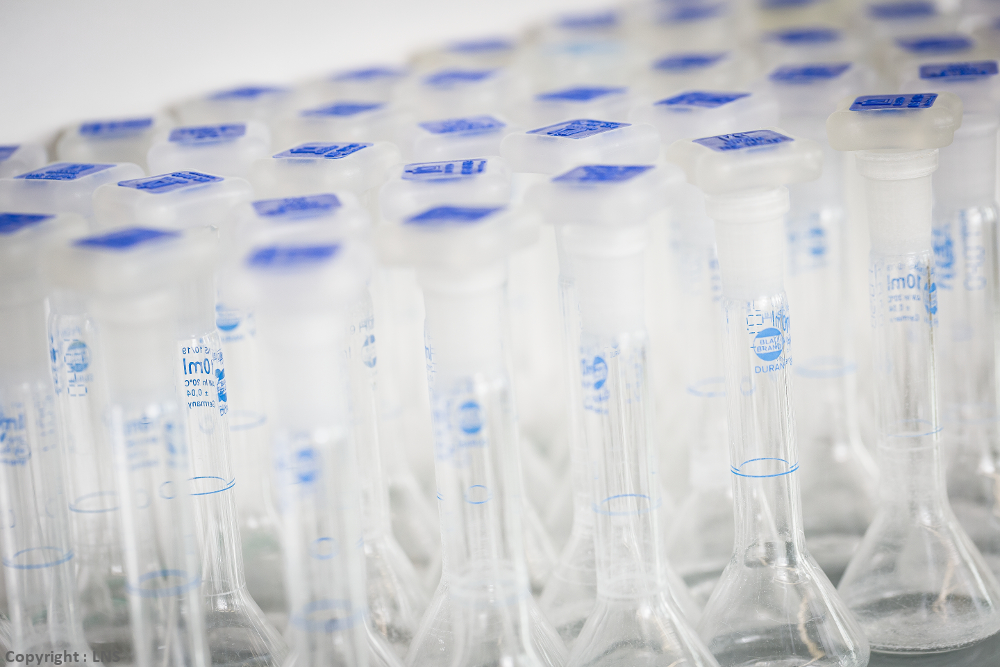

Authors: Malapelle U, Mayo-de-Las-Casas C, Molina-Vila MA, Rosell R, Savic S, Bihl M, Bubendorf L, Salto-Tellez M, de Biase D, Tallini G, Hwang DH, Sholl LM, Luthra R, Weynand B, Vander Borght S, Missiaglia E, Bongiovanni M, Stieber D, Vielh P, Schmitt F, Rappa A, Barberis M, Pepe F, Pisapia P, Serra N, Vigliar E, Bellevicine C, Fassan M, Rugge M, de Andrea CE, Lozano MD, Basolo F, Fontanini G, Nikiforov YE, Kamel-Reid S, da Cunha Santos G, Nikiforova MN, Roy-Chowdhuri S, Troncone G; Molecular Cytopathology Meeting Group
Molecular testing of cytological lung cancer specimens includes, beyond epidermal growth factor receptor (EGFR), emerging predictive/prognostic genomic biomarkers such as Kirsten rat sarcoma viral oncogene homolog (KRAS), neuroblastoma RAS viral [v‐ras] oncogene homolog (NRAS), B‐Raf proto‐oncogene, serine/threonine kinase (BRAF), and phosphatidylinositol‐4,5‐bisphosphate 3‐kinase catalytic subunit α (PIK3CA). Next‐generation sequencing (NGS) and other multigene mutational assays are suitable for cytological specimens, including smears. However, the current literature reflects single‐institution studies rather than multicenter experiences.
Quantitative cytological molecular reference slides were produced with cell lines designed to harbor concurrent mutations in the EGFR, KRAS, NRAS, BRAF, and PIK3CA genes at various allelic ratios, including low allele frequencies (AFs; 1%). This interlaboratory ring trial study included 14 institutions across the world that performed multigene mutational assays, from tissue extraction to data analysis, on these reference slides, with each laboratory using its own mutation analysis platform and methodology.
All laboratories using NGS (n = 11) successfully detected the study’s set of mutations with minimal variations in the means and standard errors of variant fractions at dilution points of 10% (P = .171) and 5% (P = .063) despite the use of different sequencing platforms (Illumina, Ion Torrent/Proton, and Roche). However, when mutations at a low AF of 1% were analyzed, the concordance of the NGS results was low, and this reflected the use of different thresholds for variant calling among the institutions. In contrast, laboratories using matrix‐assisted laser desorption/ionization–time of flight (n = 2) showed lower concordance in terms of mutation detection and mutant AF quantification.
Quantitative molecular reference slides are a useful tool for monitoring the performance of different multigene mutational assays, and this could lead to better standardization of molecular cytopathology procedures.
Cancer Cytopathology, 125 (2017), 615–26